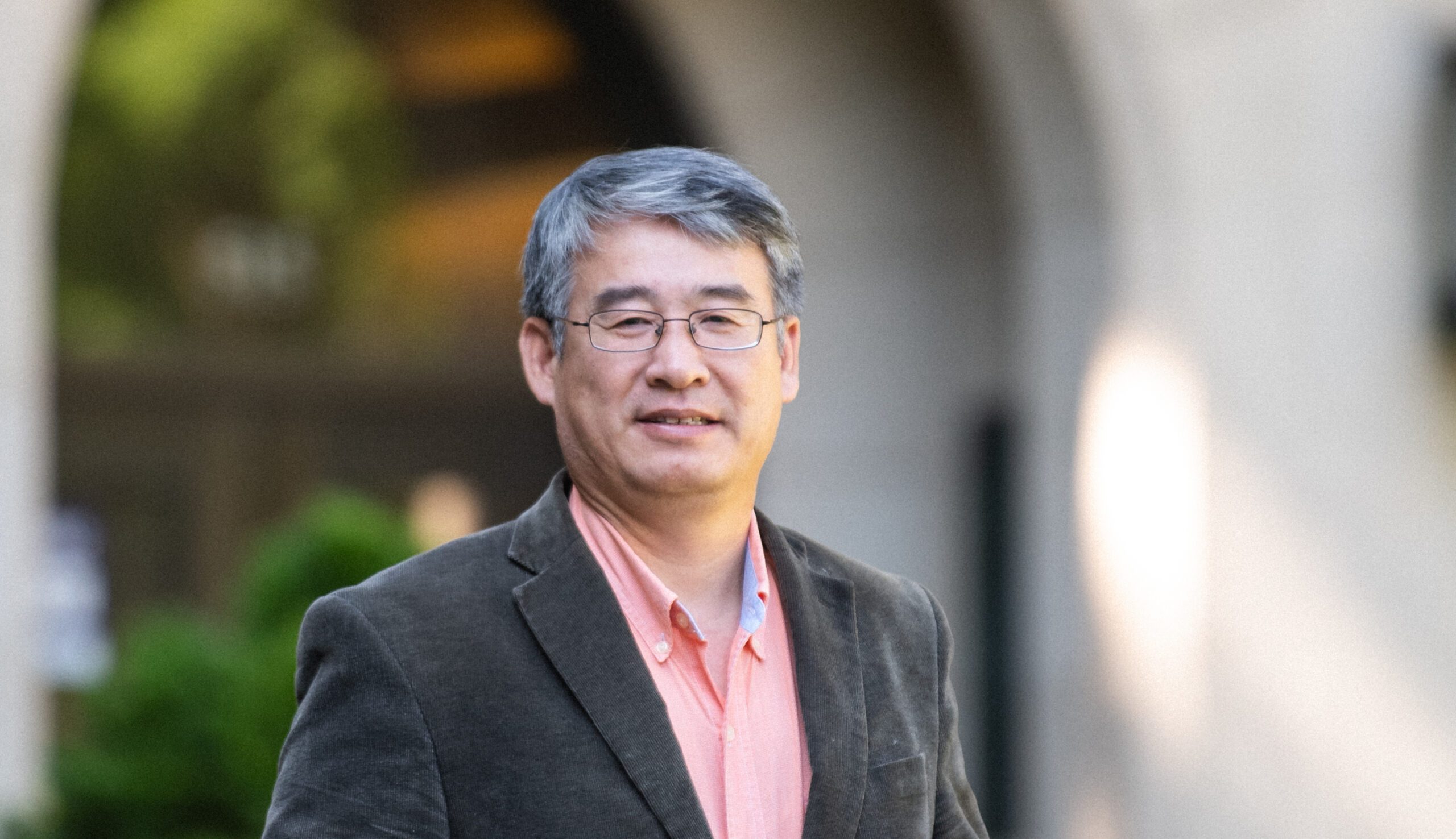Revolutionizing Energy: Clemson University's Innovative Advances in Fuel Cell Technology
Key Ideas
- Clemson University researchers are developing protonic ceramic cells (PCCs) to convert fuels like hydrogen into electricity for various applications.
- PCCs offer increased power density, lighter weight, and 3D-printed designs for enhanced efficiency in energy conversion.
- The project, led by Professor Jianhua Tong, has received federal grants and established a startup, X-ION Energy LLC, to advance the technology to commercialization.
- With the potential for market readiness in two to four years, the technology showcases a promising journey from research to practical implementation.
Clemson University researchers, under the guidance of Professor Jianhua Tong, are at the forefront of developing revolutionary protonic ceramic cell technology aimed at converting fuels like hydrogen into electricity. Protonic ceramic cells (PCCs) are envisioned to power a wide range of vehicles, from large trains and airplanes to small electric vehicles and portable devices like power tools. The unique 3D-printed design of PCCs allows for increased power density and efficiency in energy conversion, providing a promising alternative to current lithium-ion batteries. Over a 16-year period, Tong's dedication to advancing this technology has been supported by federal grants, driving the project closer to commercialization.
One of the key aspects setting PCCs apart is their ability to operate within the optimal temperature range of 400-600 degrees Celsius, ensuring quick and efficient fuel cell reactions without the need for specialized, costly materials. With successful patents secured for parts of the PCC creation process, Tong and his partner Kyle Brinkman have established X-ION Energy LLC, a startup aimed at accelerating the technology's path to the market. The team is collaborating with industry partners to test the technology's viability for various applications.
The current project, funded by the South Carolina Research Authority and co-led by Kyle Brinkman, holds the potential to bring this innovative energy technology to the market in as little as two years, with the full stacks expected to be ready within four years. Tong emphasizes the exciting journey from fundamental research to practical application, highlighting the transition from pioneering material development to advanced additive manufacturing methods. The overall sentiment surrounding this advancement in fuel cell technology is highly positive, showcasing Clemson University's commitment to innovation and sustainability.
